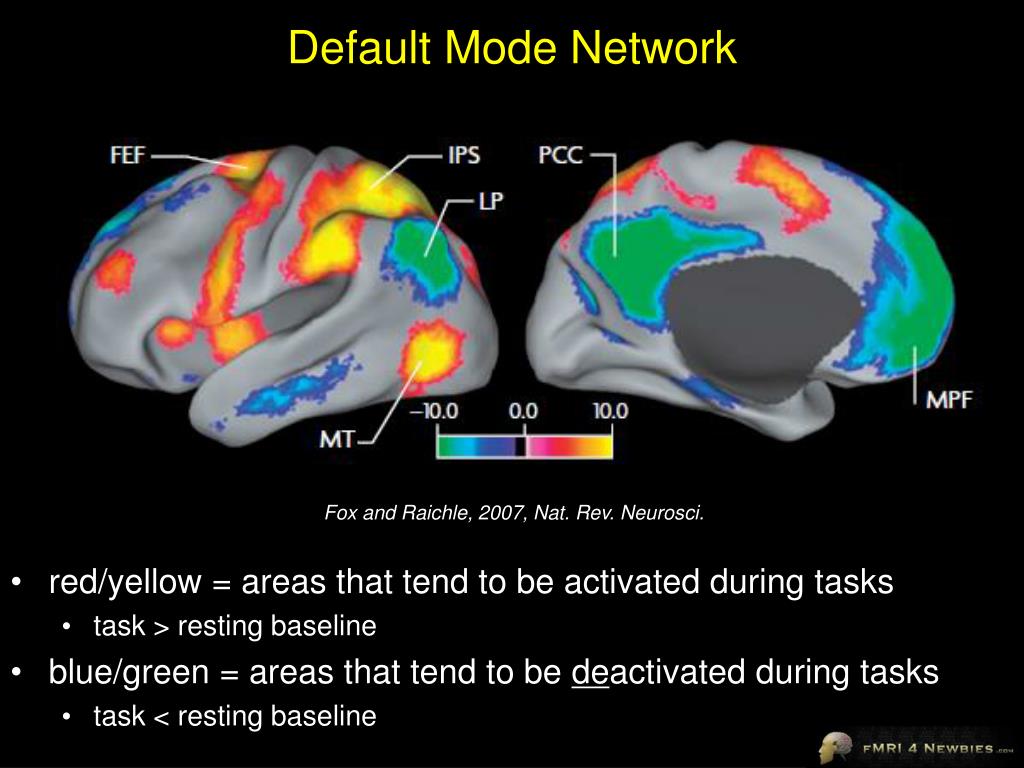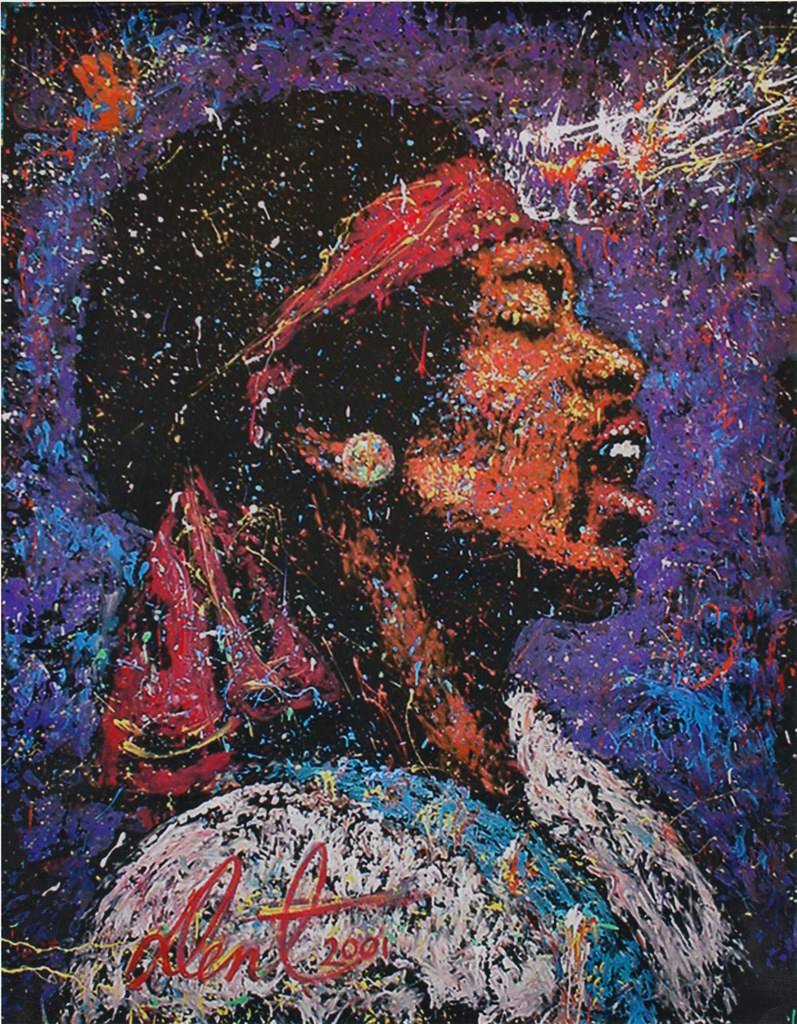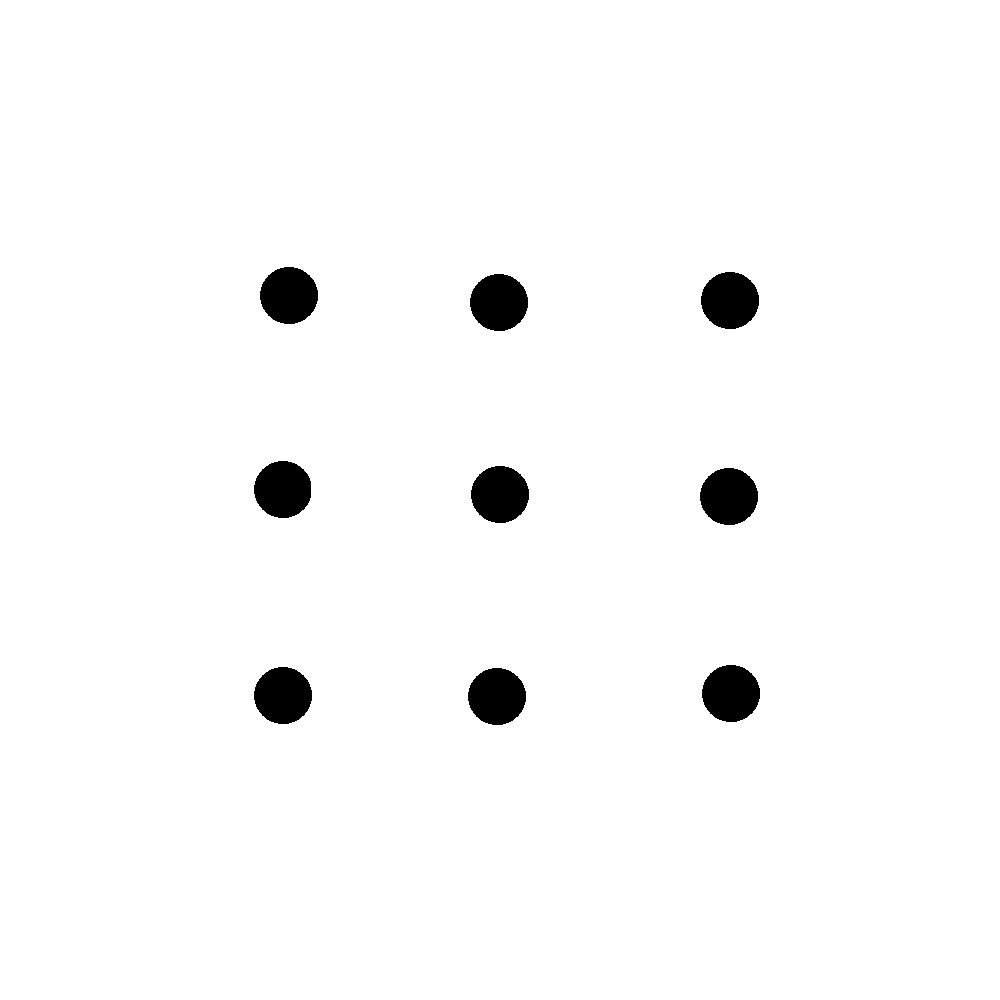The Impact of Psychedelics on Creativity
The Impact of Psychedelics on Creativity
How Do Psychedelics Stimulate “Outside the Box” Thinking?
Countless anecdotes, stories, articles and legends tell the tale of how psychedelics nurture creativity. So how do psychedelics stimulate creativity, and what exactly is “outside the box” thinking?
“INSIDE THE BOX” THINKING?
To better understand what “outside the box” thinking is, it’s necessary to know what “inside the box” thinking is. I’ve never heard this phrase used before, but there are a couple of concepts that can help define it: Hebbian theory and the Default Mode Network (DMN).
Hebbian theory is quite simple. It’s the concept of “neurons that fire together, wire together.” This sounds great, and works in a similar way to weightlifting. The muscles you focus on will grow. What if you started working out your tongue in the same manner, though? Would you want a giant, muscular tongue sticking out of your mouth?
Hebbian theory works in a similar fashion. If one keeps thinking negative thoughts these detrimental cognitions will get hardwired into the brain. Quite often, our brain is not our friend. As we get older, we hear that we get stuck in our ways. This is why– because we’ve spent a lifetime hardwiring certain patterns into our brains. As we age, we’re less likely to stay cognitively flexible.
What inhibits us from maintaining cognitive agility and flexibility?
THE DEFAULT MODE NETWORK BOXES YOU IN
The Default Mode Network (DMN) refers to interlinked brain areas that regulate introspection, self-criticism and self-reflection. This network activates when our minds wander, as we “travel in time” and mull over the past or agonize over the future.
As we develop an ego, the DMN helps differentiate ourselves from the world, and delineates a separation. This distinction of “I” from “the world” performs a vital survival function. In this way, the DMN serves as an information filter to assess risks and threats in our environment. Once again however, our brain isn’t always our best friend.
The thalamus works to filter out information. Recent studies demonstrate how the thalamus plays a role in the DMN. As much as the thalamus helps to prevent us being overwhelmed by information, it doesn’t do a good job of distinguishing between the quality of stimuli. In a struggle for survival, creating the next psychedelic pop art hit, like a lobster telephone, doesn’t rank high.
As Katrin Preller, a researcher at the University Hospital for Psychiatry in Zurich says of the brain’s gatekeeping: “The world around us is not the world we perceive because the thalamus filters out what it considers to be irrelevant information. We don’t necessarily perceive all there is because that would be an overload of information.”
This is how we get “boxed in” by our DMN and how Hebbian theory keeps us stuck in our ways. Writer Jasmine Verdi explains:
As we mature, we learn to respond to life’s stimuli in a patterned way, developing habitual pathways of communication between brain regions, particularly those of the DMN. Over time, communication becomes confined to specific pathways, meaning that our brain becomes more ‘constrained’ as we develop. It is these constrained paths of communication between brain regions that quite literally come to constitute our ‘default mode’ of operating in the world, coloring the way we perceive reality.
PSYCHEDELIC EXAMPLE OF DEFAULT MODE NETWORK HACKING
When I was a 19 year-old novice psychonaut, I went to the Woodstock 1994 music festival, celebrating the 25th anniversary of the iconic original. I woke up on Sunday to a scene that resembled the aftermath of a medieval battlefield, occupied by hundreds of thousands of people. Sometime in the late morning, my best friend told me to open my mouth and stick out my tongue. He dosed me a hit of purple, yellow, green and blue– Jesus Christ blotter acid. It wouldn’t be a proper reunion without a head full of acid, right?
Denny Dent
I proceeded to wander the apocalyptic mud pits and watched the bands play at the main stage. In between sets, an artist, Denny Dent, executed his trademark brand of performance art known as “ooh-ism.” He stood on stage, facing a giant, blank, 6’ x 6’ canvas and began to paint. He told the massive audience he was going to paint Jimi Hendrix for them. With three brushes in each hand, he undertook his “art-attack” and painted with both hands at once, like a furious, possessed man. Approximately 10 minutes later, he declared he was finished and stood aside.
Nobody saw Jimi Hendrix, much less anything else. A collective mix of boos and moans emanated from the sea of muddy denizens. Denny seemed to be more under the influence than we were. Then he said he forgot something. He stepped in front of the canvas and gave it a 180 degree turn.
BOOM! After turning the canvas, the spitting image of Jimi Hendrix from the original Woodstock appeared like magic in front of the dumbfounded masses. A few hundred thousand people let out a collective gasp of awe-induced astonishment. I never heard an “ooh” that created a more potent brain-tingling sensation. Not only did Denny demonstrate a phenomenal level of talent by painting Jimi upside down in front of a live audience, he also performed psychological sorcery on all the attendees.
He played 52 card pickup on my mind, and it took me a few days to gather and collect all the pieces of my brain again. This was my first experience of seeing the effects of a turned-off DMN and seeing “outside the box.”
TEST YOUR “OUTSIDE THE BOX” THINKING
Creativity not only means generating novel ideas. It connects “dots” in new ways, “seeing” dots that weren’t previously seen, or both. Creative minds establish connections in fresh ways not discovered before. In most cases, dots aren’t literally involved, but in one case they are.
Take the 9 dot puzzle for example. The 9 dot puzzle is the origin of the phrase “think outside the box.” That’s your hint if you’ve never done the puzzle before. Here’s the 9 dot puzzle. Can you connect all the dots using 4 straight lines?
Only a small percentage of people can solve the puzzle without help. If you’re one of the people unable to solve the puzzle, watch this for the solution: https://www.youtube.com/watch?v=XrwnrpFVugw.
The lesson the 9 dot puzzle teaches us is that sometimes our minds prevent finding solutions by imposing unnecessary boundaries and limitations. Because we don’t always see the world how it is, we also don’t see how it could be. Psychedelics help unlock the doors of our mental cages.
PSYCHEDELICS UNLOCK DISCOVERIES UNSEEN BY THE BRAIN
There are hundreds of people who are known for doing psychedelics. Among the most famous is Steve Jobs and his use of LSD, which possibly helped him to create Apple computers. There’s another example that often gets lost in Jobs’ shadow.
Although still contested and doubted to this day, it’s widely accepted that Francis Crick discovered the double helix structure of DNA while high on LSD. Some people question the veracity of this story. I’d say if the Multidisciplinary Association for Psychedelic Studies (MAPS) puts their name behind it, then it’s likely true.
Psychedelics aren’t the ultimate fountain of creativity, but you can get a healthy drink from them. They seem to give already great minds that extra, magical nudge towards amazing discovery.
TAKEAWAY- PSYCHEDELICS REVEAL FLAWS OF HUMAN PSYCHOLOGY
We live in strange times. Things are not always as they seem, which is even more so in a world inundated with information overload. Too many of us are sure of the validity of our world views. We would be well served to doubt and question everything more. Our minds are inherently flawed and we trust them too often. A lot of hysteria and chaos could be preempted with calm, thoughtful reflection about the true nature of reality, which isn’t always as straightforward as it seems.
The next time you’re having an argument with someone, keep an open mind. If someone tells you Moses was tripping on DMT when he saw the burning bush and received the 10 Commandments, don’t immediately dismiss the person as a lunatic. Nurture an “I don’t know” mindset. If you’re still certain your view is correct, keep this in mind:
Starecat.com
Adam Miezio is a writer in the psychedelics field, thanks to lifelong psychedelic journeying and plant medicine work. Born in Chicago, he received his master’s degree from Northeastern Illinois University, completing a thesis about the Heaven’s Gate cult. He enjoys writing about mental health, psychedelics, psychology, shamanism and fringe ideas on the fuzzy periphery of consciousness. He now resides in Oaxaca, Mexico, and enjoys abusing his passport, learning about indigenous cultures, hiking in national parks and exploring ancient ruins. He believes a good street taco with salsa verde and a Victoria is a peak experience. Read Adam’s work at adammiezio.substack.com
Related: The Role of Psychedelics in Human Evolution and Expanding Consciousness
Gallery
Recent Articles
Jorma Kaukonen 85th Birthday Celebration in San Francisco – Concert Review
•
December 28, 2025

Loading...
Jorma Kaukonen 85th Birthday Celebration in San Francisco – Concert Review
- Kyle Siegrist
A Tale of Crescendo ~ Chapter 3: The West & The East; Chapter 4: The First Crescendo
- Bill Kurzenberger
Incense Myrrh & Gold and Jingle Bells by Bhopal’s Flowers – Holiday Singles
- Bill Kurzenberger
A Tale of Crescendo ~ Chapter 1: The Arrival; Chapter 2: The Nethermore
- Bill Kurzenberger






